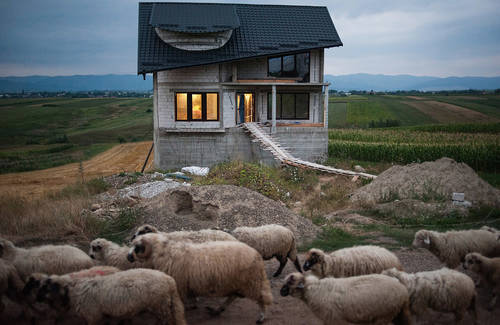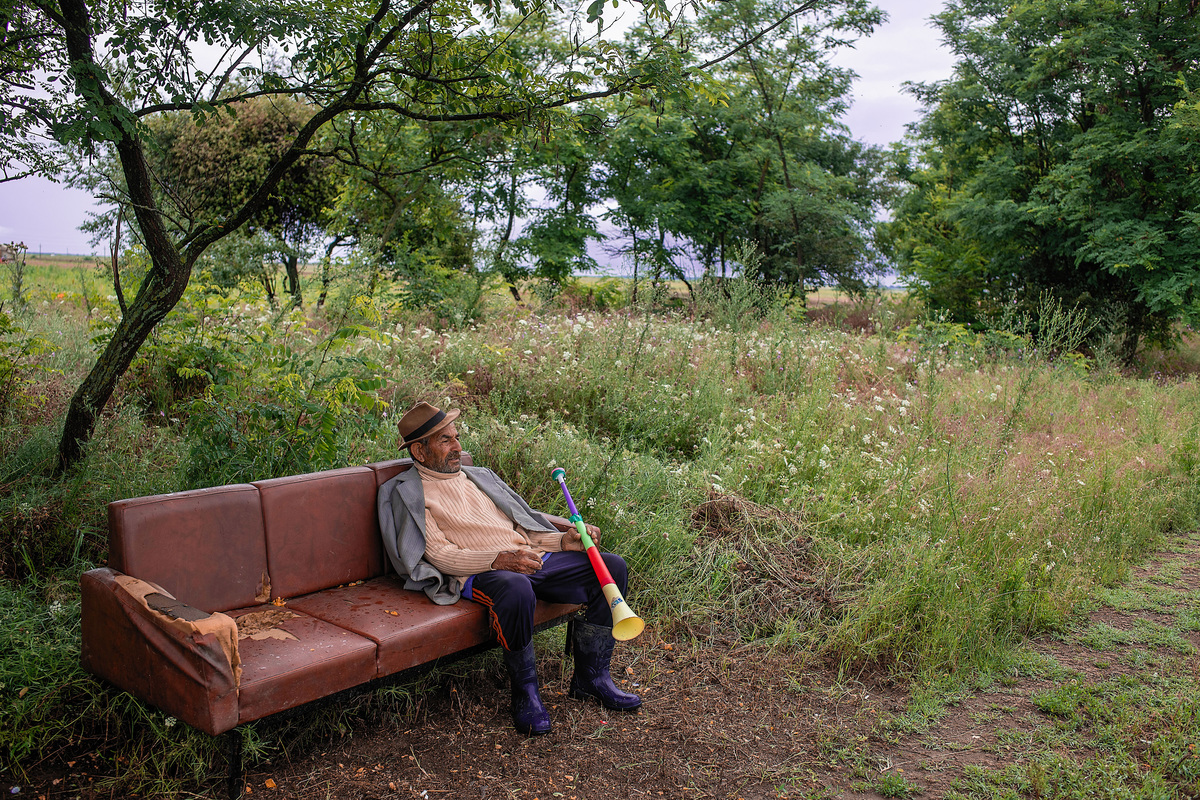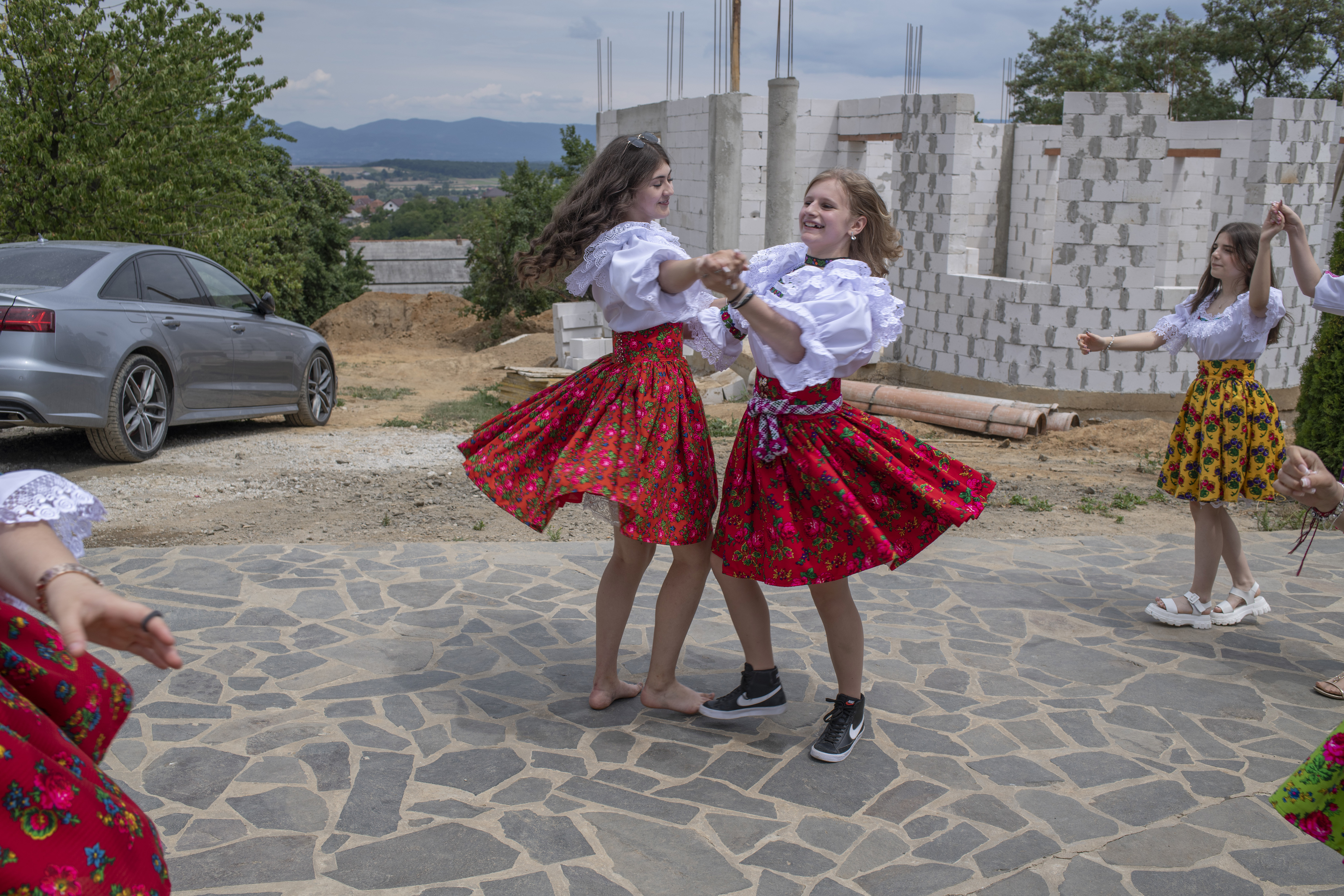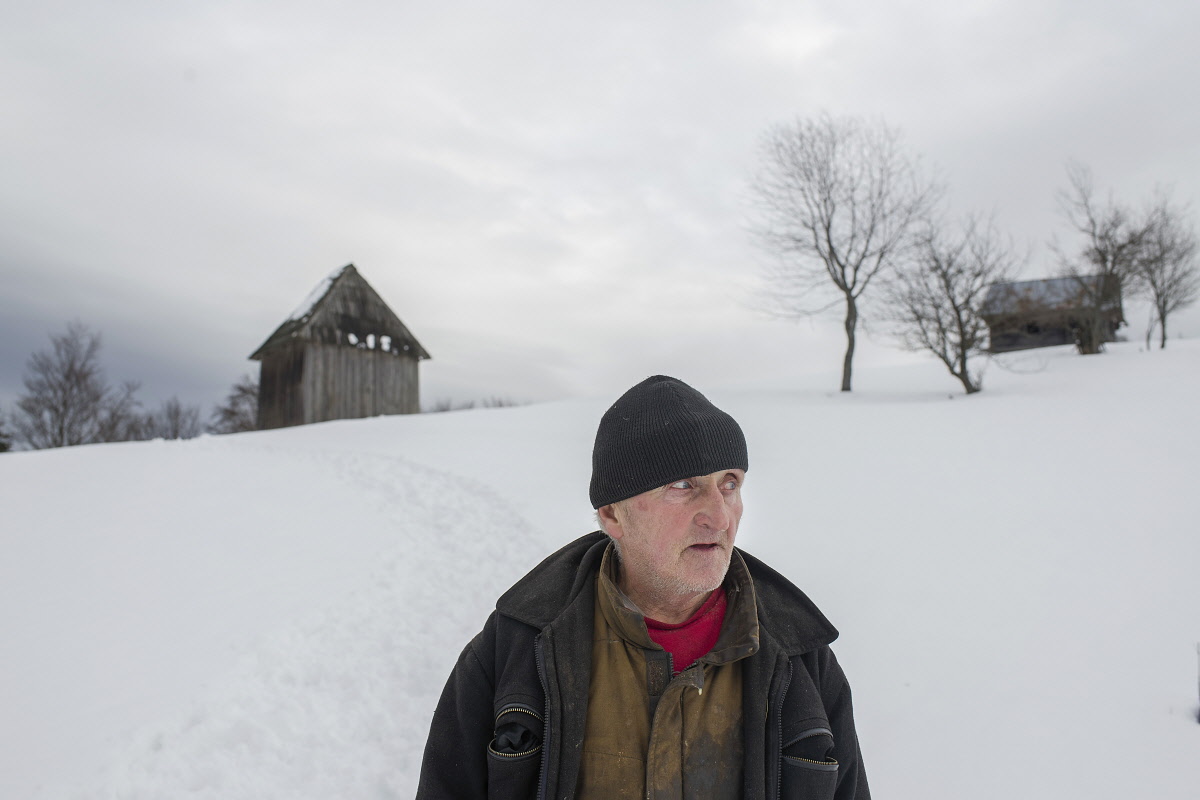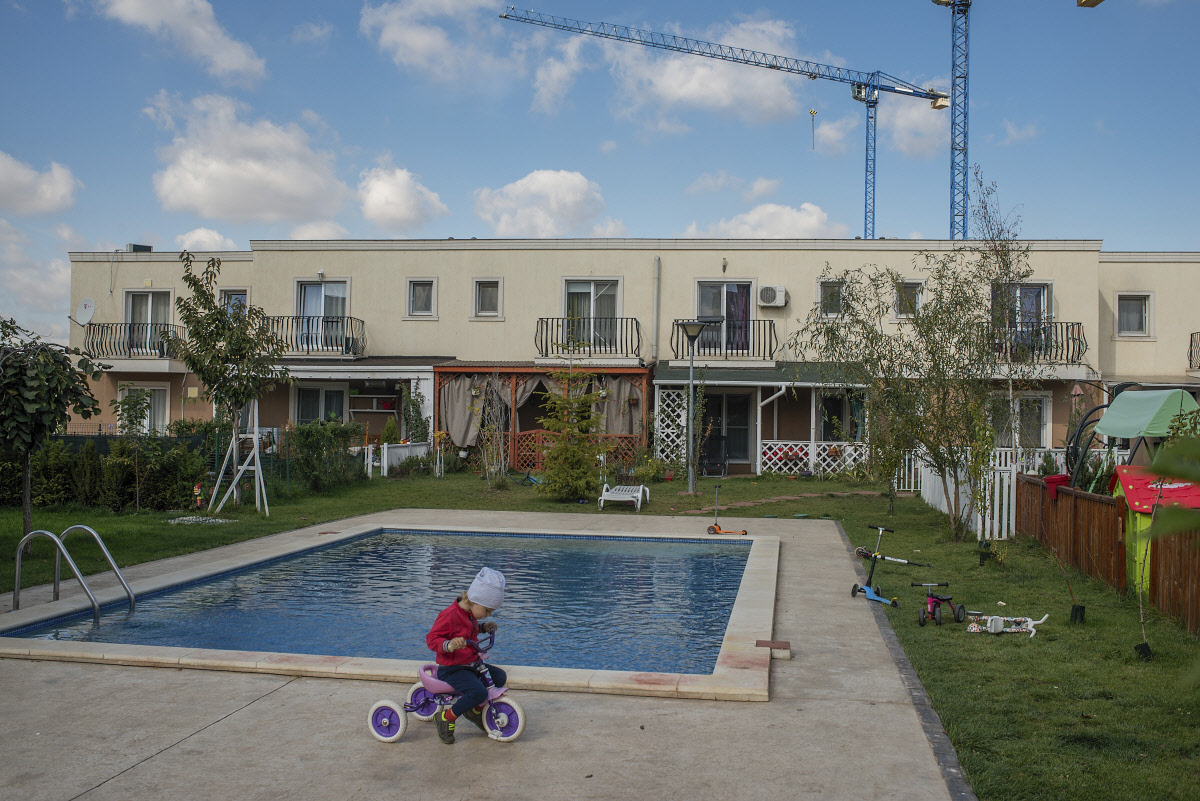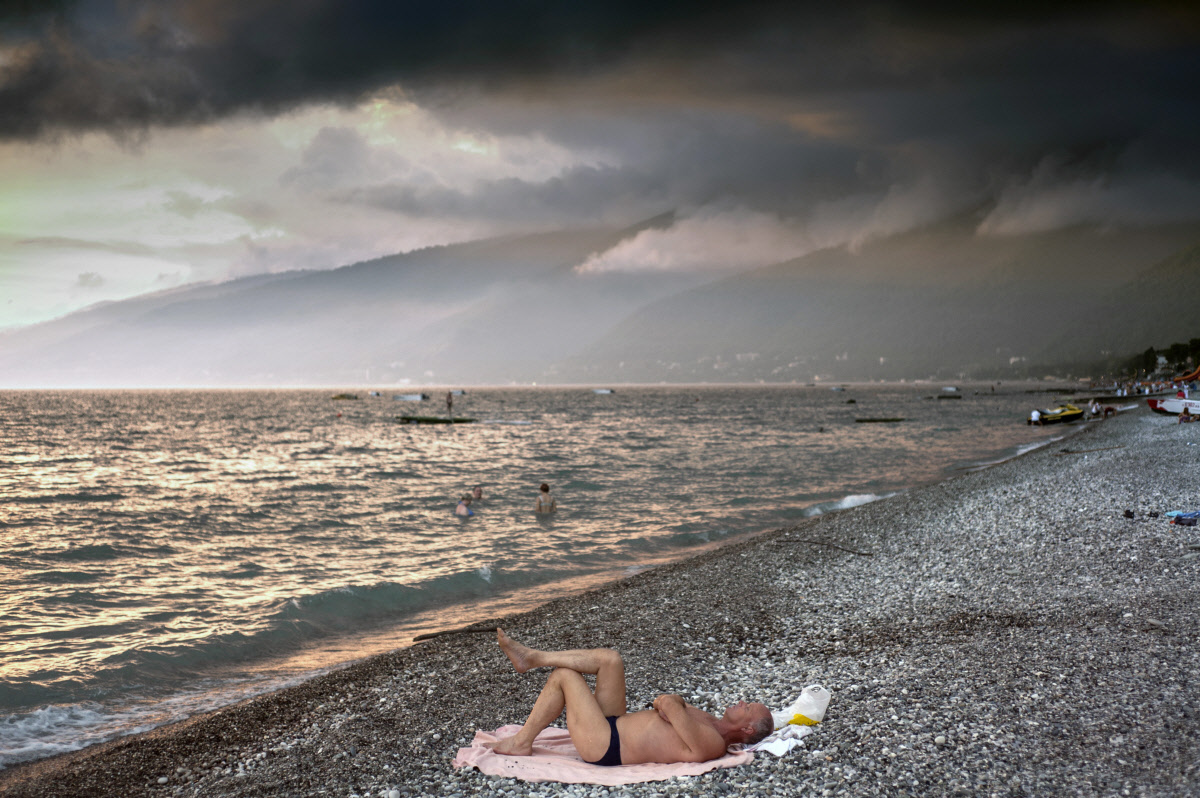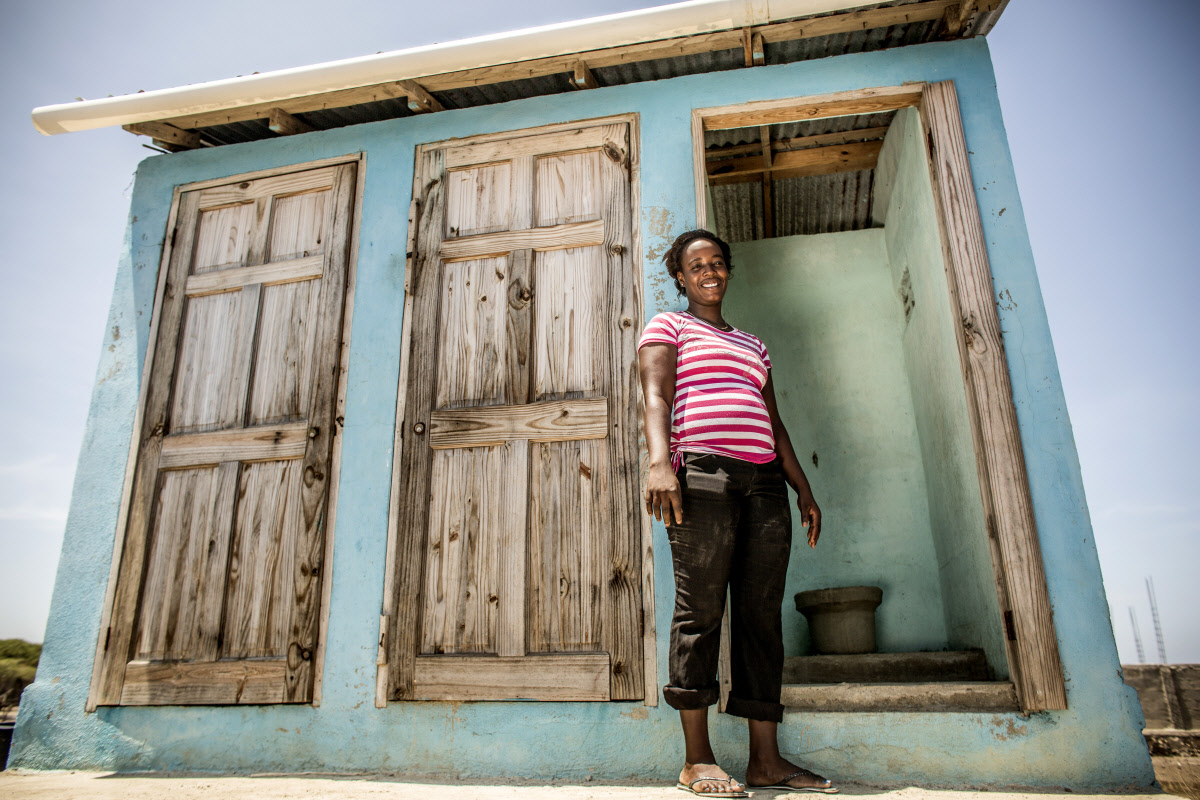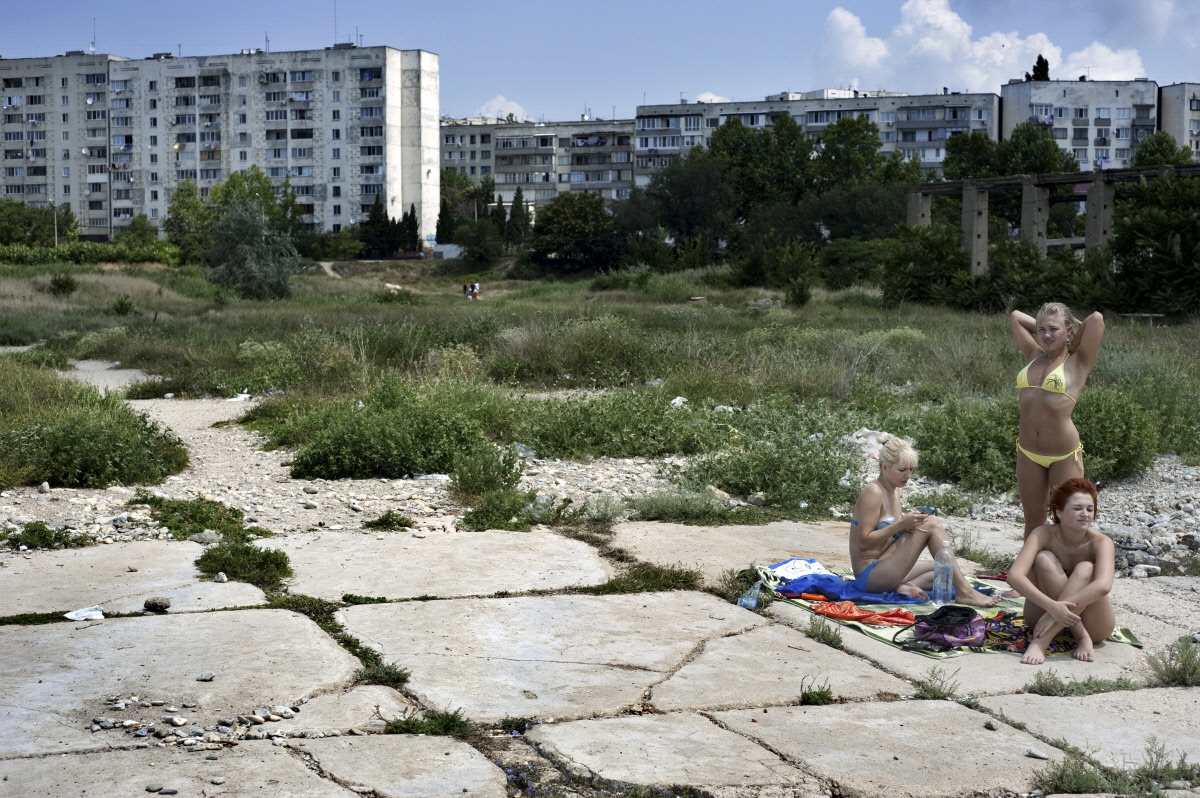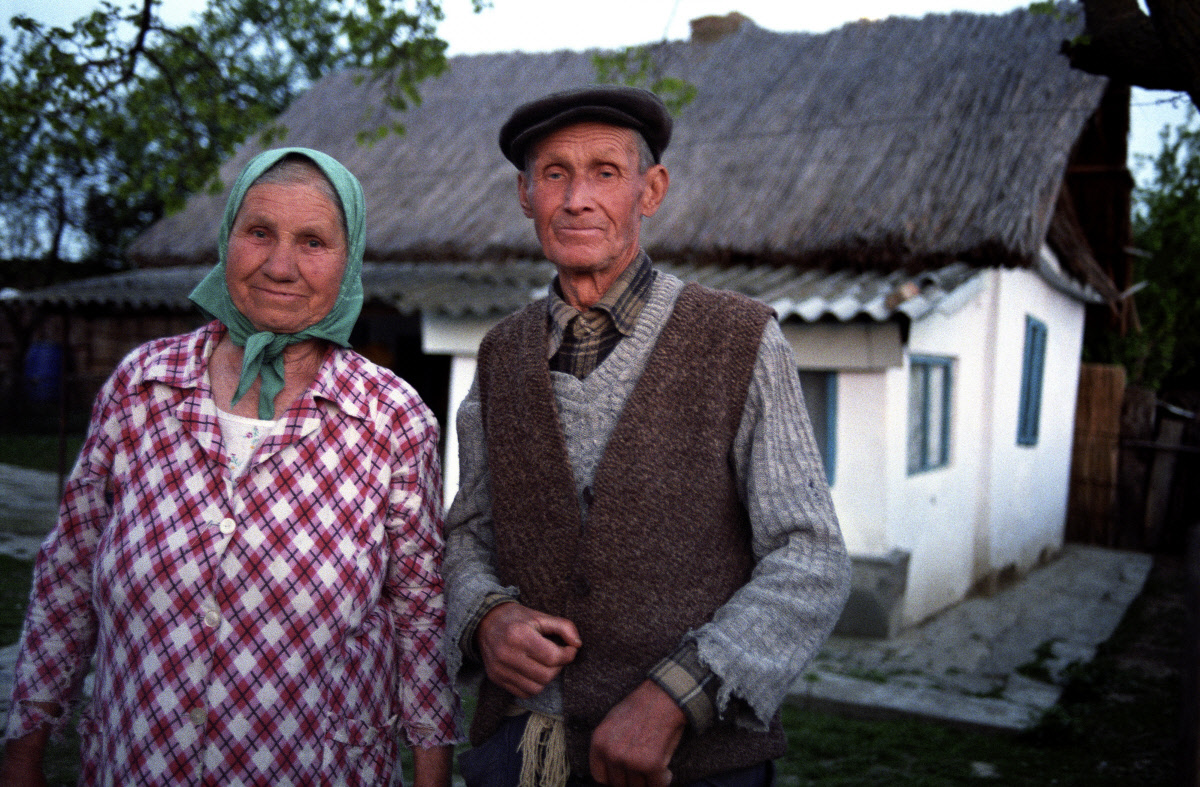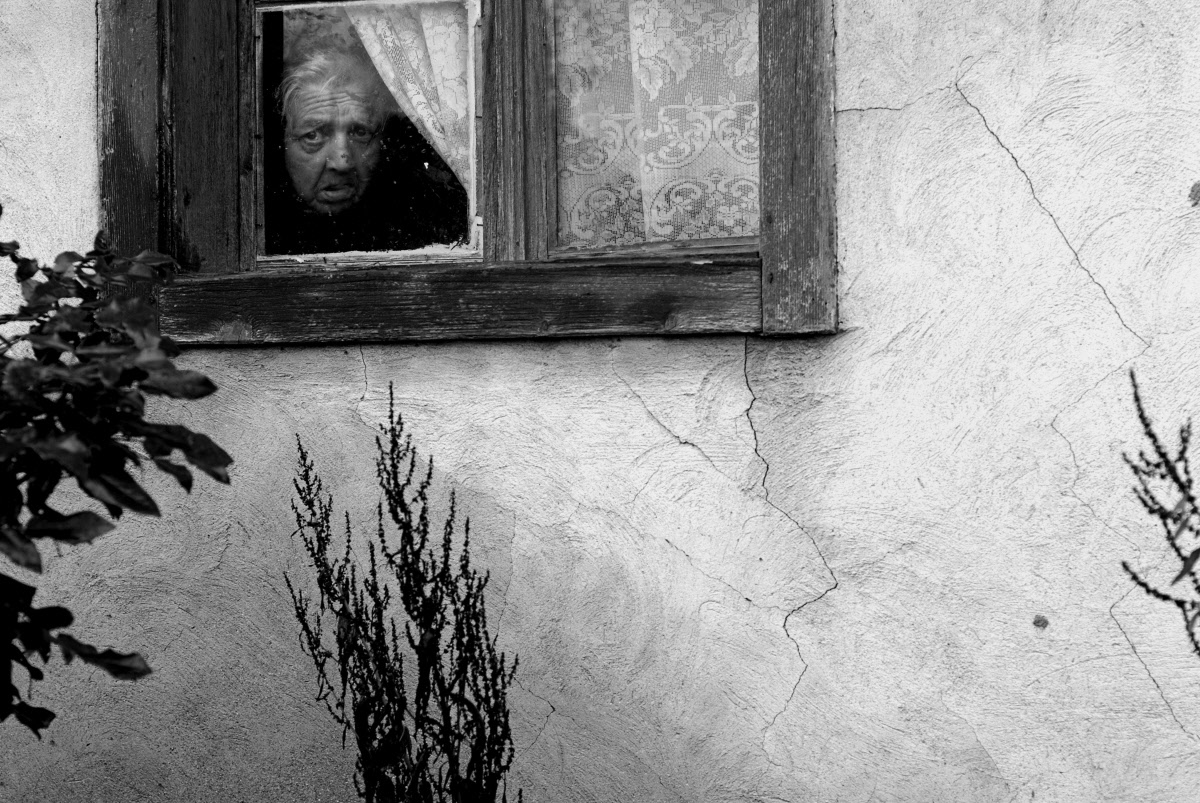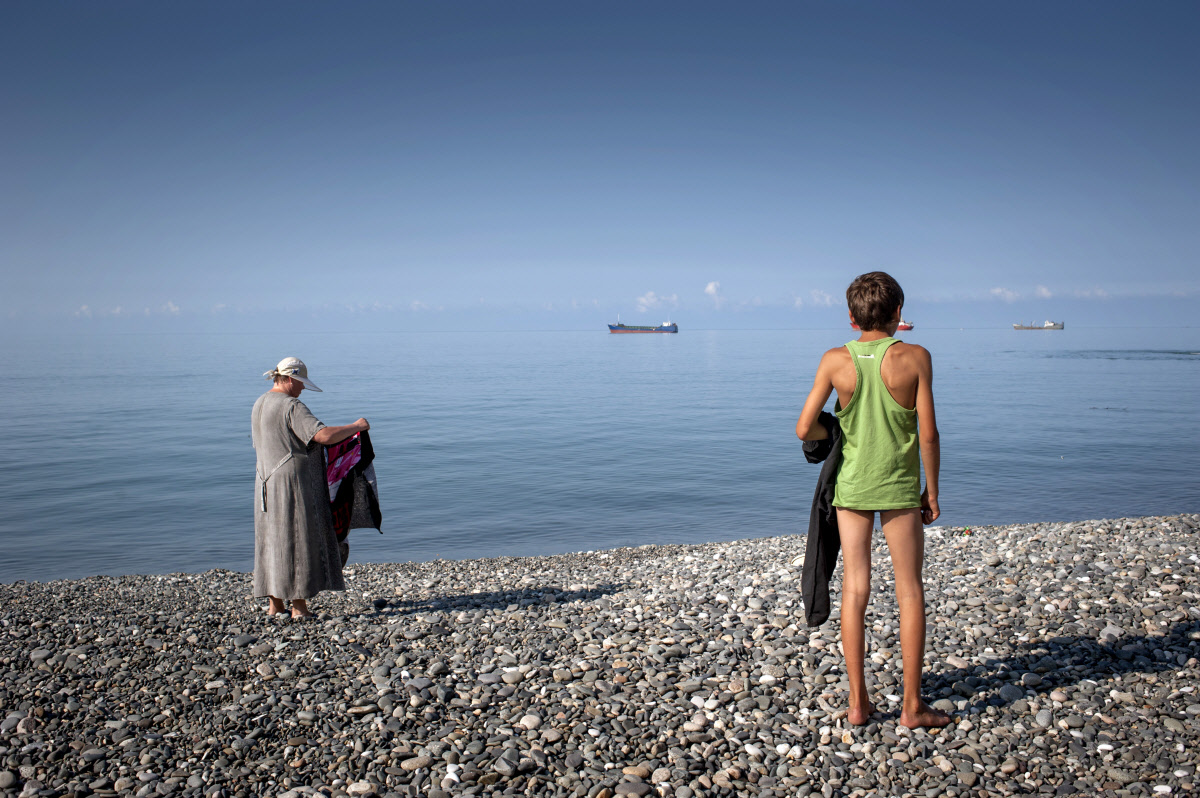Biography
Romanian, 1976
Petrut is a documentary photographer and videographer based in Bucharest.
After doing a Bachelor in Journalism and Media, he worked as a photographer for the main newspapers in Bucharest before going freelance to concentrate more on personal projects. He is a co-founder of Romanian Center for Documentary Photography, where he focuses on producing long term documentary projects.
The first major project - 'Pride and Concrete' - started in 2010. It looks at the displays of newly gained wealth amongst migrant workers who have returned to their rural communities. It was shot over a period of 12 years, from 2010 to 2022 and involved both photography and video in Romania and Paris.
With the help of the World Press and Robert Bosch Foundations, Petrut produced a photo story, a short film, two books (2012, 2024), a website and a travelling exhibition that was featured in Bucharest, Negresti (in the middle of the documented community), Berlin and London.
His second long-term project - 'Black Sea' - started in 2010 and still ongoing. It has taken him to countries all around the sea and been partially financed with a grant from the German Martial Fund.
Having grown up in Constanta, on the shores of the sea, Petrut has a fascination with the strange mix of holiday making and localised tensions and conflicts that have punctuated the past couple of decades in the region. 'Black Sea' is an ongoing project and Petrut continues to travel whenever possible to this invisible frontier which today marks the new Iron Curtain.
Petrut’s work has been published in magazines and newspapers around the world, from the Sunday Times Magazine and Businessweek to the New York Times, 6 Mois, and Esquire. He has also worked for corporate and NGO clients such as Orange, Ericsson, Renault and Discovery Channel, Open Society Foundation, Robert Bosch Stiftung and many others.
Petrut has won a number of awards, including the Best Press Photographer/Image of the year in Romania’s professional competitions on a number of occasions, most recent in 2024. He has also been a finalist in the European Press Prize (Migration, 2024). Past recognition includes documentary award at the Humanity Photo Awards in China, supported by UNESCO an Honourable Mention at the China International Press Photo award (CHIPP) and Award of Excellence at POY International.
The Oltenian Sahara is the name given to an area of around 80,000 hectares in southern Romania that has progressively decertified over the past 80 years, mainly due to Communist central planning that led to massive deforestation and the draining of the region’s main fresh water bodies in the 1960s.
A quarter of Romanias population, or some six million people, now lives outside the country’s borders.
With a population of just over 10,000, Poienile de sub Munte is the largest village in Romania, most of whose inhabitants are part of Romanias Ukrainian minority.
This is the story of a curious legacy of the communist era in Romania and neighbouring Moldova: the garage.
Barcelona Residence, American village, SoHo Apartments and Mediterranean Court – these are some of the ambitious names given to host of new residential developments on the outskirts of Bucharest, the capital of Romania, one of the poorest countries in Europe.
The Black Sea – mysterious, menacing and mythical – is at the heart of centuries of warfare, turmoil and historical drama.
Life is tough in Makoko, a sprawling slum of some 100,000 inhabitants, built on stilts into the putrid waters of Lagos Lagoon in Nigeria.
The Black Sea – mysterious, menacing and mythical – is at the heart of centuries of warfare, turmoil and historical drama.
At the end of its nearly 2,900 km course, the Danube, Europe’s longest river, spreads out into countless tentacles over a huge, watery plain along the border between Romania and Ukraine.
Known to its multi-ethnic populations by different names, Transylvania, now a part of modern Romania, has long enchanted and enthralled foreign visitors and writers including Bram Stoker who captured the imagination of his Western audiences with his 1897 gothic horror Dracula partly set in a misty Transylvanian landscape.
During Soviet Times, the small Caucasian Soviet Republic of Abkhazia was part of Soviet Georgia and Joseph Stalin’s favourite holiday destination where he would hold court at one of his numerous dachas in the mountains overlooking the Black Sea.

